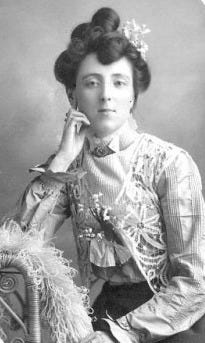This coming Saturday marks the 150th birthday of Lucy Maud Montgomery, the author of Anne of Green Gables.
Montgomery was born on 30 November 1874 on Prince Edward Island, …
Keep reading with a 7-day free trial
Subscribe to Read the Classics with Henry Eliot to keep reading this post and get 7 days of free access to the full post archives.





